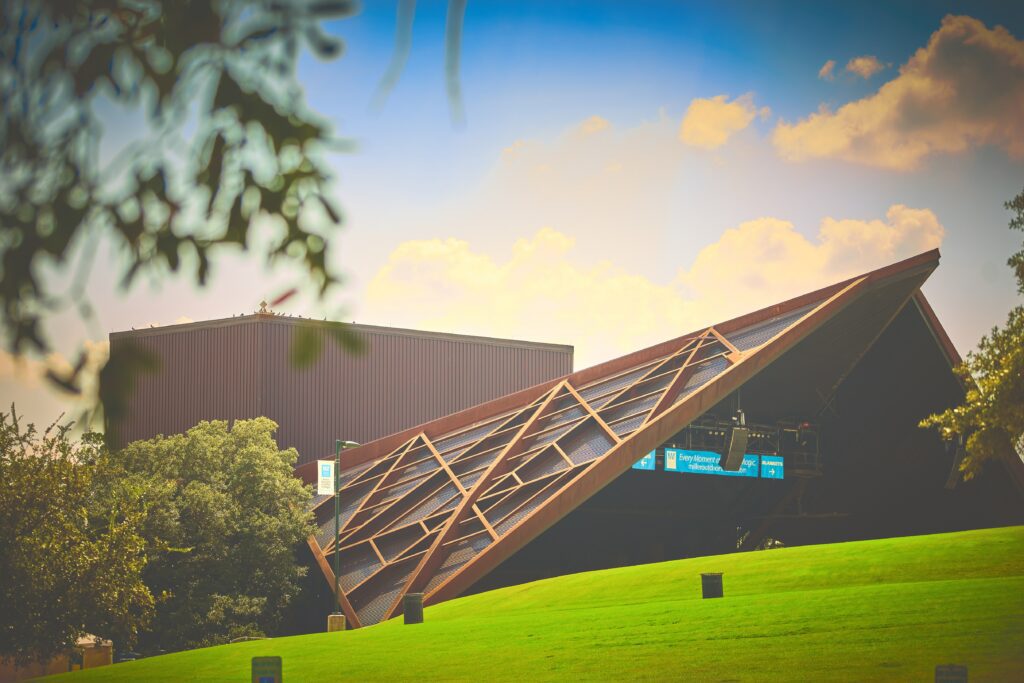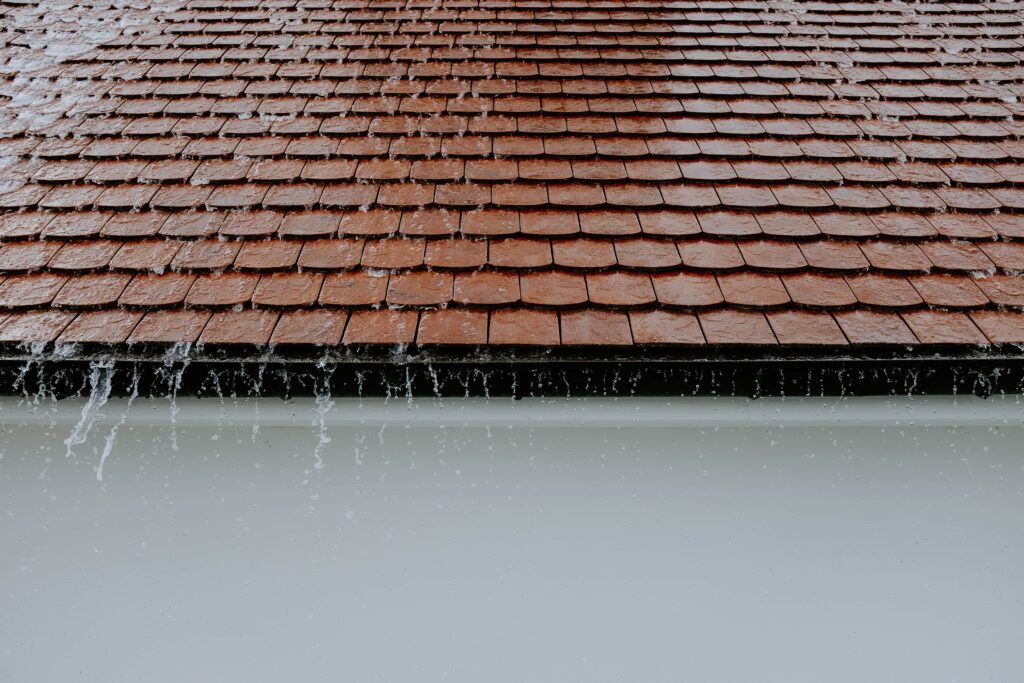Roofing, though often overlooked, plays a pivotal role in the overall structure and functionality of a building. It not only provides shelter but also significantly contributes to the aesthetic appeal of a structure. However, it’s crucial to understand that not all roofs are created equal. There are two main types of roofing: Commercial and Residential. While both serve the fundamental purpose of protecting a building’s interior, they differ greatly in their design, materials, installation processes, and maintenance requirements. In this guide, we will delve into the core differences between commercial and residential roofing, enhancing your understanding and aiding you in making informed decisions concerning your roofing needs.
Design
Residential roofs are typically steep-slope, with various styles like gable, hip, and mansard. They are designed more aesthetically due to their visibility. On the other hand, commercial roofs are generally flat or low-slope, which require more material and labor and thus higher costs. However, flat roofs are easier to maintain and provide additional space for HVAC systems or solar panels. When choosing between commercial roofing and residential roofing, several factors should be considered. For residential buildings, your choice might be influenced by the architectural style of your home, local climate, and personal preferences in terms of color and material. For commercial buildings, consider the size of the building, load requirements, potential foot traffic, and the local climate. Regardless of the type of property, a professional consultation is highly recommended.
Materials
Residential roofs often use materials such as asphalt shingles, wood shakes, metal roofing, or tiles, which are available in a multitude of colors and styles to complement the aesthetic of the home. These materials work well with steep-slope roofs and are designed to shed water quickly. Commercial roofs, with their flat or low-slope designs, require materials that can withstand pooling water and extreme weather conditions. These include built-up roofing (BUR), modified bitumen, EPDM rubber roofing, or thermoplastic PVC and TPO roofing membranes. These materials are highly durable, energy-efficient, and require minimal maintenance, albeit at a greater initial cost. Choosing the right material depends on a variety of factors such as budget, durability requirements, maintenance expectations, and aesthetic preferences.
Installation Process
Residential roofing installation is relatively straightforward and can usually be completed within a few days. The process typically involves removing the old roof, making any necessary repairs to the underlying structure, and then installing the new roof material. Commercial roofing, on the other hand, is a much more complex process due to the size and flat design of the roofs. The installation often requires more labor and materials and may take several weeks to complete. The process begins with a thorough inspection and preparation of the roof deck, followed by the installation of insulation layers, and finally the application of the chosen roofing material. Depending on the type of material used, this may involve heat welding, applying adhesive, or laying down layers of material for built-up roofs. Choosing between commercial and residential roofing ultimately comes down to the type of building and your specific needs. For residential buildings, consider factors such as longevity, aesthetics, local climate, and your budget. For commercial buildings, durability, maintenance requirements, and load-bearing capacity should be primary considerations.

Maintenance
Residential roofs, due to their steep slope, naturally shed water and debris, reducing the need for frequent cleaning. Typically, they require an annual inspection and maintenance, unless there is noticeable damage or in the event of severe weather conditions. Maintenance may involve cleaning gutters, replacing damaged shingles, or treating moss and algae. Commercial roofs, however, due to their flat or low-slope design, are more prone to water pooling and accumulation of debris, necessitating more frequent inspections and maintenance. A preventative maintenance plan is highly recommended for commercial roofs, involving routine inspections and prompt repairs. Regular maintenance for commercial roofs may include clearing drains and gutters, checking and resealing seams, and addressing any punctures or blistering in a timely manner. Choosing between commercial and residential roofing involves careful consideration of the aforementioned factors. For residential buildings, aesthetics, longevity, and how well the material can withstand local weather conditions are of prime importance. For commercial structures, the focus should be more on durability, maintenance obligations, load-bearing capacity, and energy efficiency.
Cost
Residential roofing tends to be less expensive due to the simplicity of the installation process and the lower cost of materials. However, the total cost can increase depending on the choice of materials and any additional aesthetic elements. Commercial roofing, on the other hand, is typically more expensive. The cost is driven up by the complexity of the installation process, the need for specialized materials that can withstand the rigors of a flat or low-slope design, and the generally larger surface area to be covered. Additionally, the ongoing maintenance costs for commercial roofs can also add up over time due to their design and the need for specialized care. Choosing between commercial and residential roofing comes down to the nature of the building and your specific requirements. For residential properties, consider factors such as aesthetics, durability, the local climate, and of course, your budget. When choosing a commercial roof, the focus should be more on durability, maintenance requirements, load-bearing capacity, and energy efficiency. In both cases, it is advisable to consult with a professional roofing contractor.
In conclusion, while both residential and commercial roofing share the fundamental function of protecting a building, the differences in their design, materials, installation process, maintenance needs, and costs reflect the unique needs of the buildings they cover. The choice between the two primarily hinges on the type of building, local climate, and individual preferences regarding aesthetics, durability, and budget. Engaging a professional roofing contractor for consultation, installation, and maintenance can ensure you make a decision that best suits your needs and guarantees the longevity and effectiveness of your roof.


